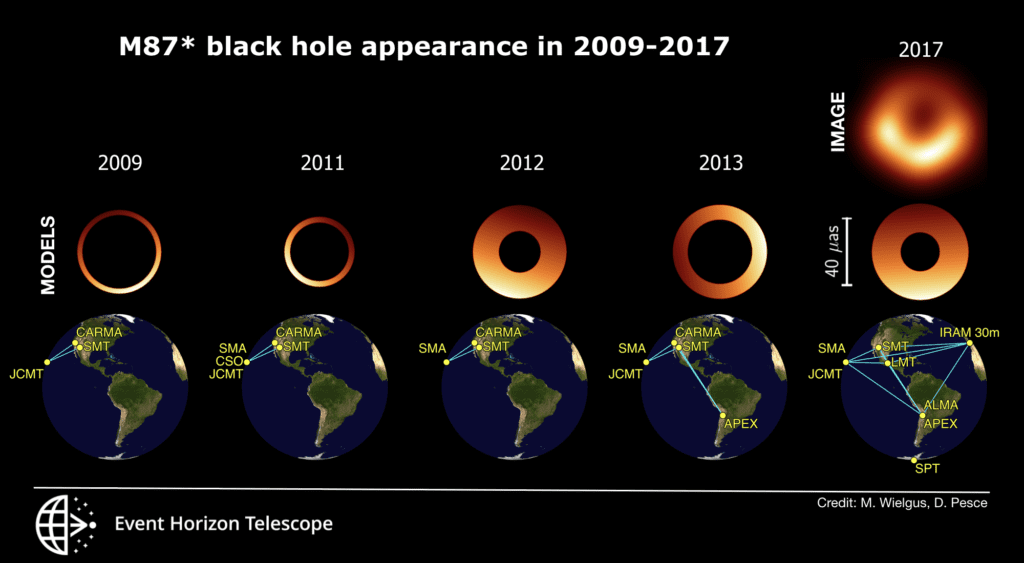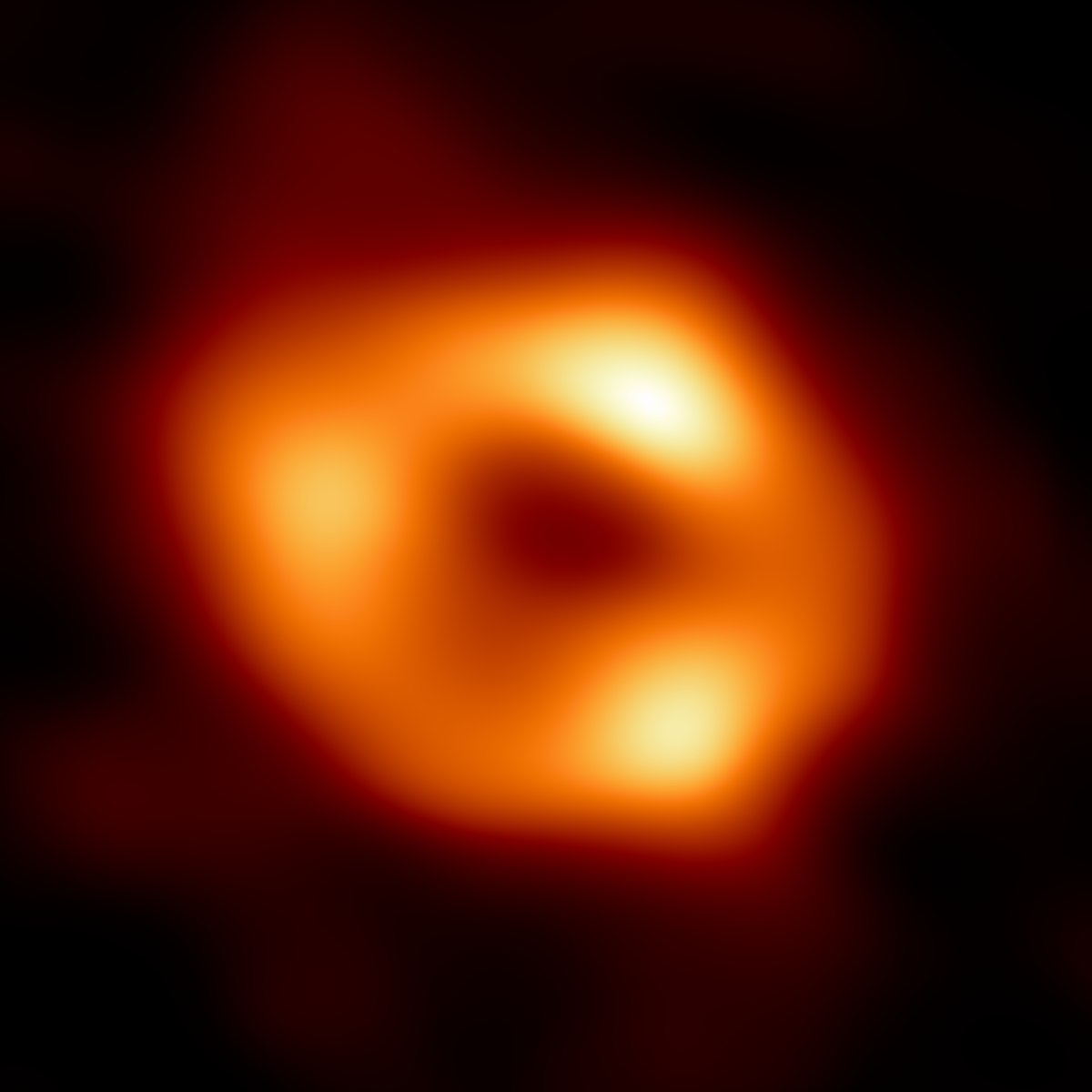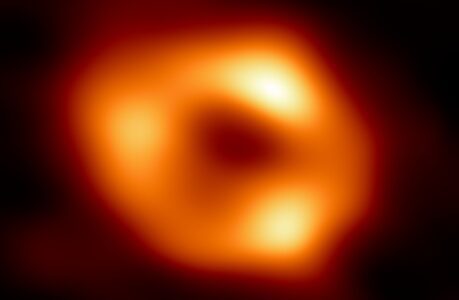Introduction
Sagittarius A*, abbreviated as Sgr A*, stands as an astronomical wonder that resides at the core of our Milky Way galaxy. This intriguing celestial object has sparked the curiosity of scientists and astronomy enthusiasts for decades. In this comprehensive article, we embark on an exploratory journey into the depths of space to uncover the mysteries of Sagittarius A*. From its discovery to its implications for our understanding of the universe, this article aims to provide an in-depth examination of this cosmic phenomenon.
The Discovery of Sagittarius A*
Sagittarius A* was first detected in the 1970s, thanks to groundbreaking radio astronomy observations. Prior to its discovery, astronomers had long suspected the presence of a supermassive black hole at the center of the Milky Way, based on the observed motion of stars in that region. The confirmation of Sagittarius A*’s existence marked a pivotal moment in astrophysics.
The Radio Source
The initial detection of Sagittarius A* came from its radio emissions. Astronomers used radio telescopes to observe the radio waves emanating from the center of the Milky Way. These observations revealed a compact and intense radio source, which was later identified as Sagittarius A*.
Stellar Orbits
Further evidence for the existence of Sagittarius A* emerged from the meticulous tracking of stars near the galactic center. By observing the orbits of these stars, astronomers were able to calculate the mass of the object responsible for their gravitational dance. The staggering conclusion was that a supermassive black hole, with a mass of approximately 4.3 million times that of our Sun, lay at the heart of the Milky Way.
Structure and Properties of Sagittarius A*
Understanding the structure and properties of Sagittarius A* is crucial in unraveling the mysteries surrounding it. This section delves into the physical characteristics that define this enigmatic entity.
Supermassive Black Hole
Sagittarius A* is, beyond any doubt, a supermassive black hole. Unlike the stellar-mass black holes formed from the remnants of massive stars, supermassive black holes are colossal in size and can be found at the centers of galaxies, including our own. Sagittarius A*’s mass, as mentioned earlier, is approximately 4.3 million times that of the Sun.
Event Horizon
One of the defining features of a black hole is its event horizon—an invisible boundary beyond which nothing, not even light, can escape. Sagittarius A*’s event horizon is particularly fascinating because it provides a unique opportunity for astronomers to study the effects of extreme gravity on nearby objects, such as stars.

Accretion Disk
Around Sagittarius A*, there exists an accretion disk—a swirling mass of gas, dust, and other celestial debris. As material from the surrounding region falls towards the black hole, it forms this accretion disk, which emits various forms of electromagnetic radiation, including X-rays. The study of this accretion disk is crucial for gaining insights into the feeding behavior of supermassive black holes.
Observing Sagittarius A*
Studying an object located at the center of our galaxy presents numerous challenges. However, astronomers have developed innovative techniques and technologies to overcome these obstacles and gather valuable data about Sagittarius A*.
Radio Astronomy
Radio telescopes have played a pivotal role in observing and studying Sagittarius A*. These instruments detect radio waves emitted by the black hole, providing crucial information about its properties and behavior. The use of interferometry—a technique that combines data from multiple telescopes—has greatly enhanced the resolution of observations, allowing for detailed studies of the galactic center.
Infrared and X-ray Observations
In addition to radio observations, astronomers have employed infrared and X-ray telescopes to study Sagittarius A*. These observations have unveiled the presence of hot gas, high-energy particles, and other intriguing phenomena in the vicinity of the black hole. These data have been instrumental in piecing together the complex dynamics of the galactic center.
Gravity Wave Detection
The recent breakthrough in the detection of gravitational waves has opened up new avenues for studying black holes, including Sagittarius A*. Gravitational wave observatories, such as LIGO and Virgo, have the potential to provide direct insights into the mergers and interactions involving black holes, shedding light on their behavior.
The Dynamics of Stars near Sagittarius A*
Sagittarius A*’s immense gravitational influence extends to the stars in its vicinity. The motion of these stars offers a unique window into the properties of the supermassive black hole.
Stellar Orbits
Over the years, astronomers have meticulously tracked the orbits of stars near Sagittarius A*. These stars follow highly elliptical paths, reaching remarkably high speeds as they approach the black hole and slowing down as they move away. These observations are in perfect agreement with the predictions of general relativity, further confirming the presence of a supermassive black hole.
Testing General Relativity
Sagittarius A*’s gravitational field provides an ideal natural laboratory for testing Einstein’s theory of general relativity under extreme conditions. The observations of star orbits have demonstrated that general relativity holds true even in the intense gravitational field of a supermassive black hole.
Implications of Sagittarius A*
The existence of Sagittarius A* has profound implications for our understanding of the universe, from the formation of galaxies to the nature of dark matter.
Galaxy Formation
Supermassive black holes like Sagittarius A* are believed to play a pivotal role in the formation and evolution of galaxies. They influence the distribution of stars and gas within galaxies and may even trigger galaxy mergers, leading to the growth of both the black hole and the host galaxy.
Dark Matter
Sagittarius A*’s presence also has implications for our understanding of dark matter—a mysterious, invisible substance that makes up a significant portion of the universe’s mass. The gravitational effects of Sagittarius A* can be used to probe the distribution of dark matter in the Milky Way and other galaxies.
The Fate of Stars
The study of Sagittarius A* has provided insights into the ultimate fate of stars in the vicinity of supermassive black holes. Some stars may be gradually consumed by the black hole, while others may be ejected from the galactic center at high speeds.
Ongoing Research and Future Missions
The fascination with Sagittarius A* continues to drive astronomical research, leading to ambitious projects and missions aimed at unraveling more of its mysteries.
The Event Horizon Telescope
The Event Horizon Telescope (EHT) is an international collaboration of radio observatories that aims to capture the first-ever image of a black hole’s event horizon. In 2019, the EHT collaboration achieved a groundbreaking milestone by unveiling an image of the supermassive black hole in the galaxy M87. Sagittarius A* remains a prime target for future EHT observations.
Space Telescopes
Upcoming space telescopes, such as the James Webb Space Telescope (JWST) and the upcoming Lynx X-ray Observatory, will contribute to our understanding of Sagittarius A* by conducting detailed observations in the infrared and X-ray spectra. These missions will provide valuable data on the accretion disk and the surrounding environment.
Gravitational Wave Observatories
The continuous improvement of gravitational wave observatories promises to revolutionize our understanding of black holes, including Sagittarius A*. As technology advances, these observatories will detect increasingly complex gravitational wave signals, revealing new insights into black hole mergers and interactions.

Sagittarius A*
Sagittarius A* remains a captivating celestial object that continues to mystify and inspire astronomers worldwide. Its significance extends far beyond the confines of our galaxy, offering profound insights into the fundamental workings of the universe. As ongoing research and future missions expand our knowledge of Sagittarius A*, we can only anticipate more exciting discoveries and a deeper understanding of the cosmic marvel that resides at the heart of the Milky Way.

